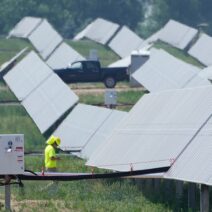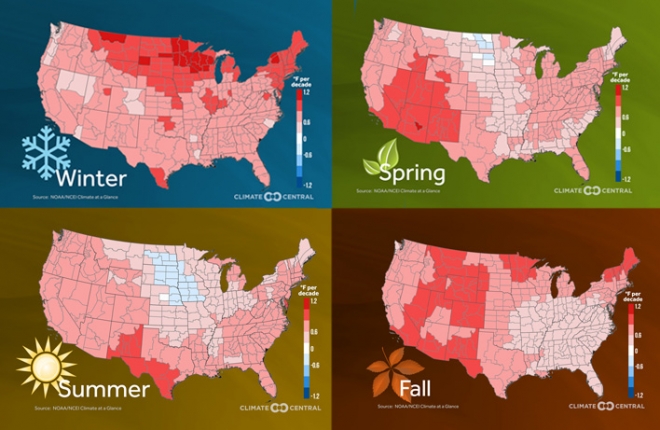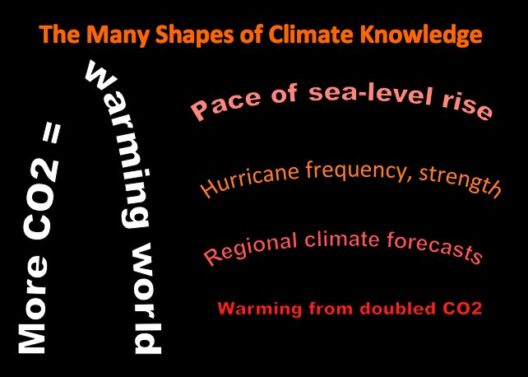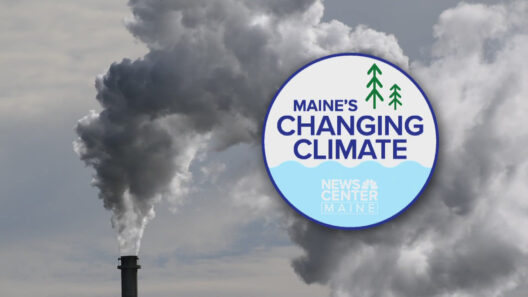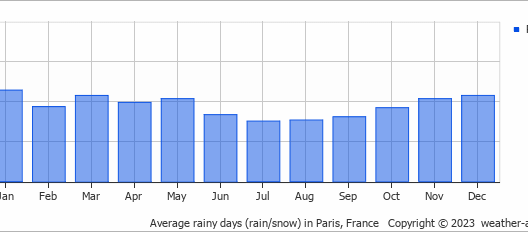The climate in the Northeast United States has long been characterized by its distinct four seasons, each unfurling a unique tapestry of weather patterns, flora, and human activity. Yet, as climate change relentlessly encroaches upon this traditional meteorological cadence, a pressing question emerges: Is the Northeast truly equipped to embrace the whims of its seasonal fluctuations, or are we lurching toward an era marked by unpredictability and change? The truth is, the four seasons in this region are increasingly in flux, presenting both challenges and opportunities for adaptation.
Historically, the Northeast has enjoyed a temperate climate, a delightful mix of warm summers, crisp autumns, cold winters, and the rejuvenating blooms of spring. Each season has its own charm, drawing residents and tourists alike into a harmonious rhythm of seasonal festivities, from summer barbecues to winter sports. However, the unmistakable fingerprint of climate change is beginning to weave through the fabric of this seasonal cycle.
One might ponder, how does one season’s weather influence another? The answer lies within the complex interactions of atmospheric conditions, ocean currents, and local ecosystems. For instance, warmer winters—once a rarity but now an increasing norm—can lead to less snow cover and more rain. This, in turn, affects the timing and vigor of spring’s awakening. It’s a cascading effect that can upset longstanding agricultural practices, wildlife habits, and even cultural events.
Take, for example, the beloved autumn leaf-peeping season. As temperatures rise, the timing of foliage color change shifts. The vibrant reds, oranges, and yellows that once painted landscapes in October now frequently arrive early or late, disrupting tourist calendars and local economies reliant on fall tourism. This phenomenon is not merely aesthetic; it indicates a broader environmental shift that could lead to ecosystem imbalances. Birds and pollinators, attuned to predictable seasons, may find their life cycles misaligned, leading to a cascade of consequences.
The winters are perhaps most dramatically impacted, as the once-reliable snowfall becomes increasingly erratic. In many areas, blizzards that once blanketed towns with feet of snow may become fewer; conversely, warmer winters may yield sudden and severe ice storms. The result? Infrastructure strains and an increased risk of hazardous conditions. Communities face higher costs for snow removal, road maintenance, and response to weather emergencies. The charm of a snowy winter wonderland is slowly succumbing to the pragmatics of adaptation while raising further concerns regarding energy consumption, heating needs, and environmental degradation.
What about spring? The season heralding renewal is now witnessing earlier blooms and mismatched pollination. The delicate dance between plants and their pollinators—bees, butterflies, birds—has been thrown into disarray, with evidence suggesting that some species are emerging too early for the synchronous flowering of plants they depend on for survival. The historical cycles that once dictated agricultural planting schedules are now in disarray, causing apprehension among farmers concerning crop yields.
Conversely, what opportunities arise from these climatic shifts? The Northeast may possess certain advantages, such as extended growing seasons, which could benefit some agricultural sectors by introducing new crops. Farmers may cultivate varieties previously deemed unsuitable for the region. Nevertheless, such opportunities come with caveats. Farmers need to adapt their practices to new pests and diseases that could flourish under warmer conditions, transforming traditional methods into a complex game of mitigation against unpredictable climatic adversities.
Furthermore, with winters warming, the potential for increased rainfall could impact the region’s waterways. On one hand, more consistent rains could alleviate drought concerns; on the other, they could engender the grim prospects of flooding and increased erosion, threatening both urban infrastructure and natural habitats. Streams and rivers that once experienced a predictable ebb and flow may now face uncertain futures, complicating everything from conservation efforts to recreational activities like fishing and kayaking.
The backdrop for this evolving climatic condition is a rich tapestry of urban and rural dynamics. Urban heat islands may exacerbate summer warmth, challenging already vulnerable groups within communities. Vulnerability to climate change is not distributed equally; lower-income neighborhoods often find themselves at the front lines of climate impacts, amplifying social inequities. This disparity raises a critical question regarding the region’s resilience and readiness for a climate future that may be reactive rather than proactive.
As we bear witness to these shifting patterns, it becomes imperative to consider the pathways forward. Policy measures, community awareness, and individual action appear paramount in addressing the pervasive challenges posed by changing climatic conditions. Implementing sustainable practices, investing in green infrastructure, and enhancing community resilience are vital for equipping the Northeast to better weather the changes ahead.
In conclusion, the climate in the Northeast U.S. is not merely a backdrop for human activity; it is a living, breathing entity that has undergone profound changes. The four seasons once characterized by beautifully predictable variability are increasingly subject to the whims of a rapidly changing climate. As we face the challenges brought about by these developments, we must also embrace the opportunities they present, steering toward a future enriched by consciousness, adaptation, and unwavering determination. The playful question of whether we are prepared for these fluctuations leads us towards an essential challenge: embracing change as an undeniable aspect of our evolving relationship with the climate. Only through conscious effort and collaboration can we hope to navigate the seasons in this region poised on the edge of transformation.


